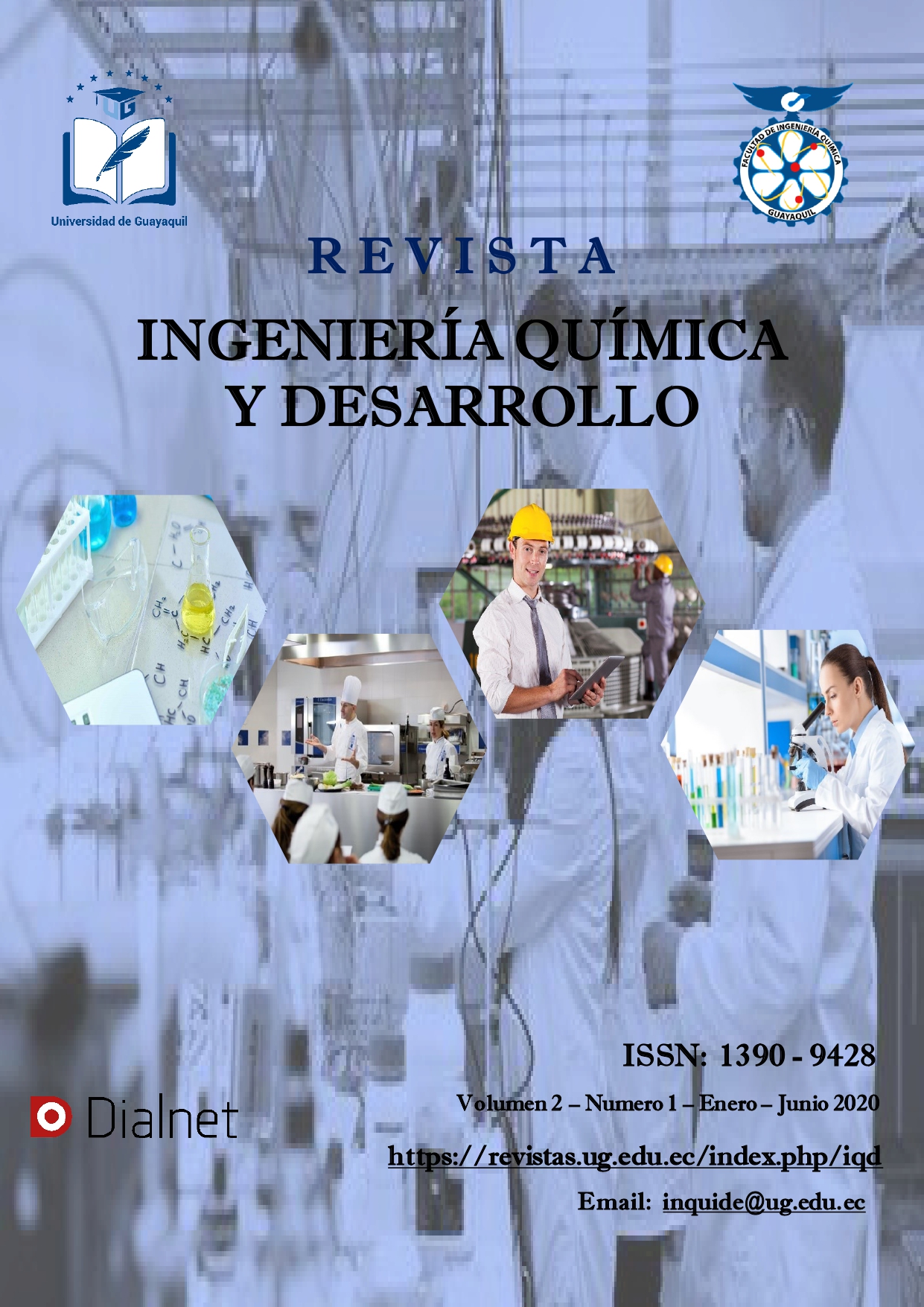Nasal carriers of staphylococcus aureus neonatology and burned unit
DOI:
https://doi.org/10.53591/iti.v8i8.154Keywords:
Staphylococcus aureus, health personnelAbstract
Staphylococcus aureus is a common pathogen from infections of the type nosocomial, their presence in critical hospital areas represents a significant risk for the patients his variant methicillin-resistant (MRSA) expresses the determinant mecA gene that confers resistance to beta-lactams and their derivatives; the identification of healthcare personnel bearer of this bacterium was theobjective of the present research work carried out at the General Hospital Isidro Ayora of Loja, the population were personnel of the area of Neonatology and Burned Unit. In order to analyze and identify the MRSA; conventional bacteriological techniques and regulations standardized by the CLSI: JE protocol manual M100-S24 were used. The sample under study carne from 54 individuals who fulfilled with the inclusion and exclusion criteria. There were not isolated methicillin-resistant strains, nevertheless it was detected that 31.82% of the health personnel of the Burned Area is a nasal carrier of S. aureus as well as the 59.38% of the Neonatology personnel. The greatest frequency of nasal carriers of this bacterium is male 60%; and according to the occupation,68. 75% of the nursing personnel is nasal carrier of S. aureus
References
Albrich W, H. S. (2008). Health- care workers: source, vector, or victim of MRSA 8(289-301).
Alvarez, M., & Alao, M. (2010). prevalencia de portadores nasales de Stapliylococrns aureus en el personal del Hospital Vicente Corral Moscoso Cuenca: Facultad de Ciencias Médicas de la Universidad de Cuenca.
Avilés, M. (2008). Descolonización de pacientes por patógenos resistentes. Secretaría de Salud - México.
Cónlova, R., Cavero, T. P.,Huamnga, B. J., & Paellas, C. C. (2011). Portadores asintomáticos de Stapliylococrn.s aureus en trabajadores del Hospital Regional de Perú. Revista Médica Panacea, 59-66.
Escobar, P. (2014). Aislamiento de Stapliylococrn.s aureus sensibles a meticilina. Revista Biomédica.
Horna, G., Lizetli, A., & Coralith, G. (2015). Evaluación de métodos fenotípicos para la detección de Stapliylococrn.s aureus resistente a meticilina. Revista Española de quimioterapia, 97-100. Institute, C. a. (2014). Informalional Supplement Vol 34. Estados Unidos: CLSI.
Jawetz, M. y. (2002). Microbiología Médica. México: Manual Moderno.
Koneman. (2008). Diagnóstico Microbiológico. Buenos Aires -Argentina: Médica Panamericana.
Manzur, A., & Pujol, M. (2008). Impacto y control de Stapliylococrns aureus resistente a ameticilina en los centros de larga estancia. Revista Española de Geriatría y Gerontología, 235-238.
Mercedes, C. (2011). Frecuencia de portadores nasales de Stapliylococrns aureus resistente a meticilina en personal de salud de hospitales de Nicaragua. 30(6).
MW, Y., GA, d. W:, BA, V. H., & MJ, B. (2010). Quantifying cost -effectiveness of controlling nosocomial spread of antibiotic resistant bacteria: the case of MRSA. 5(7).
Navarro, N. M., & Bolado, M. E. (2013). Stapliylococrns aureus resistente a meticilina en Hospitales de Hermosillo - Sonora. Revista de Ciencias Biológicas y de la Salud, 3-7.
Paganini,H. y. (2009). Infecciones por Stapliylococrns aureus resistente a meticilina adquiridas en la comunidad. Revista Chilena de Infectología, vol 26.
Proaño, d , & Fmncisco, P. (2010). Prevalencia de portadores nasales asintomáticos de Stapliylococrns aureus resistente a melicilina y su relación con factores de riesgo y protectores en el personal de salud del Hospital Generol de las Fuerzas Armadas. Revista Mexicana de Patología Clínica, 196-204.
Ryan, K. (2011). Microbiología Médica. México: MacGrawn Hill.
Zhumí Raquel, T. D (2013). Frecuencia de Stapliylococrns aureus resistente a meticilina en la flora nasofaríngea del personal médico del
Hospital Vicente Cor mi Moscoso. Facul ad de Ciencias Médicas de la Universidad de Cuenca.
Downloads
Published
Issue
Section
License
Copyright (c) 2016 Eulalia Cuenca Riascos, Carmen Ullauri González

This work is licensed under a Creative Commons Attribution-NonCommercial-NoDerivatives 4.0 International License.






